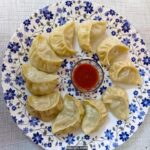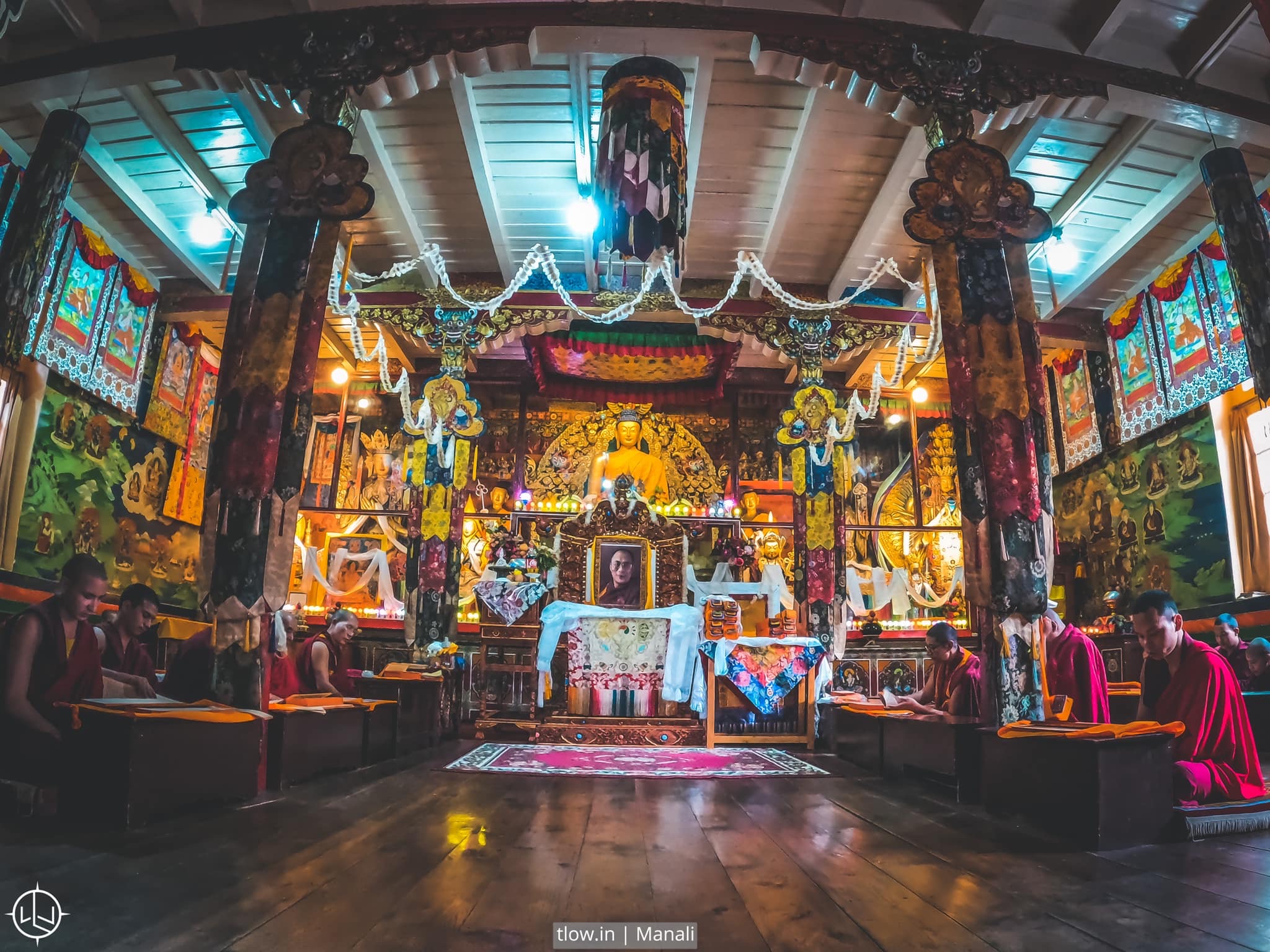
Facts about Manali Museum in Himachal Pradesh
Welcome to the captivating world of Manali museum, where history, art, and culture intertwine. Get ready to discover some intriguing facts about this enchanting museum that will deepen your appreciation for its treasures. Let’s embark on a journey filled with fascinating insights into the wonders of the Manali museum.
Table of Contents
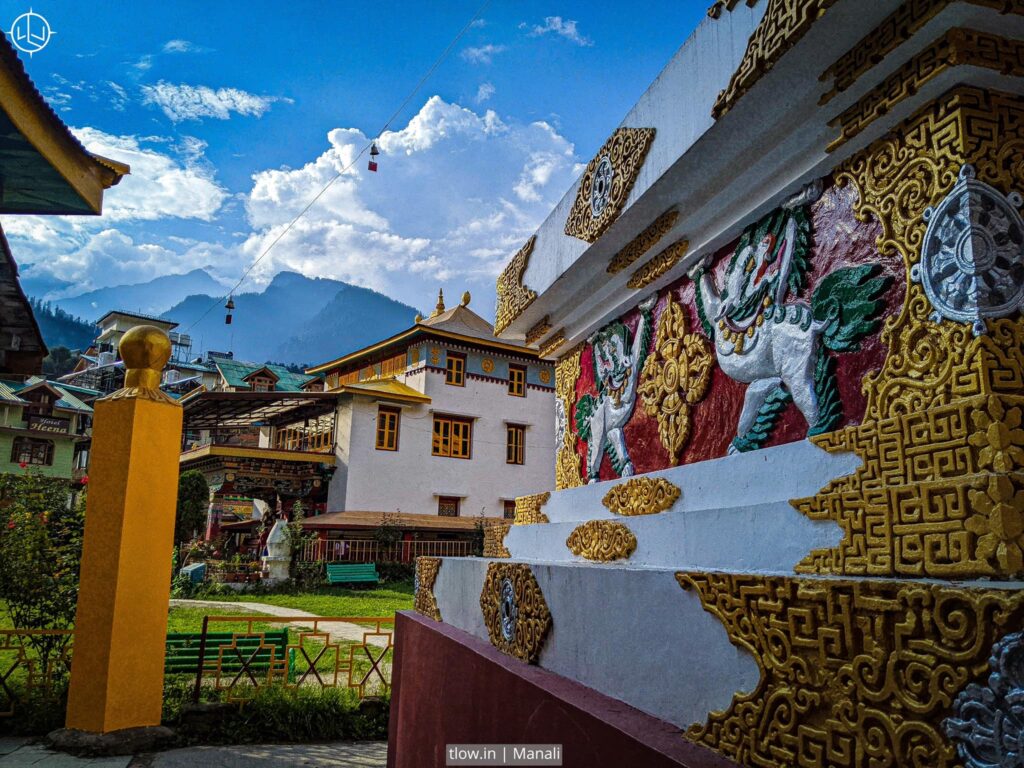
Cultural Preservation:
The Manali museum, also known as the museum of Himachal Culture and Folk Art, was established in 1998 with the primary objective of preserving and showcasing the cultural heritage of the Kullu Valley and its surrounding regions. It stands as a guardian of the traditions, art, and artefacts that define the local communities.
Architectural Splendour:
The museum’s architecture is a remarkable fusion of traditional Himachali design and natural aesthetics. Built using wood and stone, the museum blends seamlessly into the picturesque surroundings. Its unique architecture serves as a visual representation of the region’s cultural identity and traditional craftsmanship.
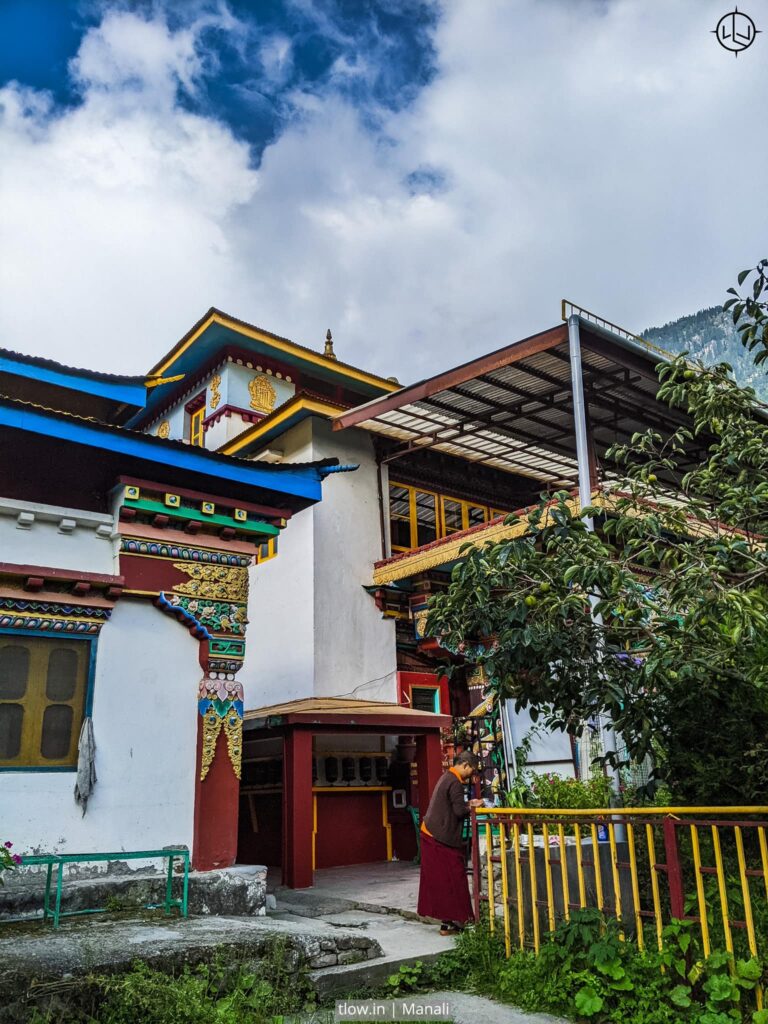
Vast Artifact Collection:
The Manali museum boasts an extensive collection of artefacts that offer a glimpse into the rich history of the Kullu Valley. The collection includes ancient weapons, traditional utensils, religious idols, woodcarvings, textiles, and more. Each artefact tells a story, providing valuable insights into the lives, customs, and traditions of the local communities.
Traditional Costumes and Textiles:
One of the highlights of the museum is its diverse collection of traditional costumes and textiles. These colourful and intricately designed garments showcase the region’s vibrant cultural tapestry. From delicate embroidery to elaborate patterns, these costumes provide a visual representation of the region’s distinct identity and cultural practices.
Spiritual Treasures:
The Manali museum houses an array of religious artefacts and sculptures that reflect the deep-rooted spirituality of the region. Visitors can explore intricately carved idols, prayer wheels, and Buddhist thangkas. These spiritual treasures serve as a window into the religious beliefs and practices that have shaped the lives of the local communities.
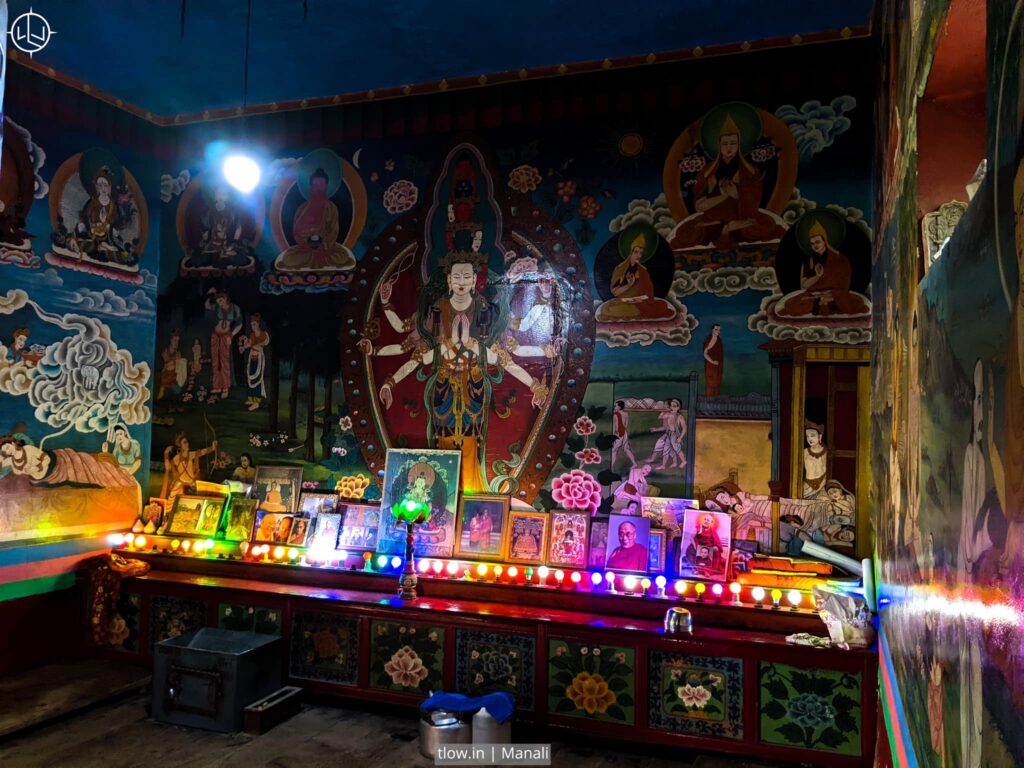
Educational Initiatives:
The Manali museum is not only a repository of artefacts but also a hub for educational activities. The museum organises workshops, exhibitions, and cultural events to promote a deeper understanding of the region’s heritage. These initiatives provide opportunities for visitors to learn about traditional arts, crafts, and skills directly from local artisans and experts.
Community Engagement:
The museum actively engages with the local community, creating a platform for artists and artisans to showcase their talents. Through collaborations and cultural exchange programs, the Manali museum supports and empowers local artists, ensuring the preservation and continuation of traditional art forms.
The Manali museum is a treasure trove of cultural heritage, offering visitors a chance to delve into the rich history and traditions of the Kullu Valley. From its remarkable architectural beauty to its vast collection of artefacts, the museum invites exploration and appreciation of the region’s cultural tapestry. As you immerse yourself in the wonders of the Manali museum, let these fascinating facts deepen your understanding of the cultural legacy it embodies.
Text by Harender Singh



